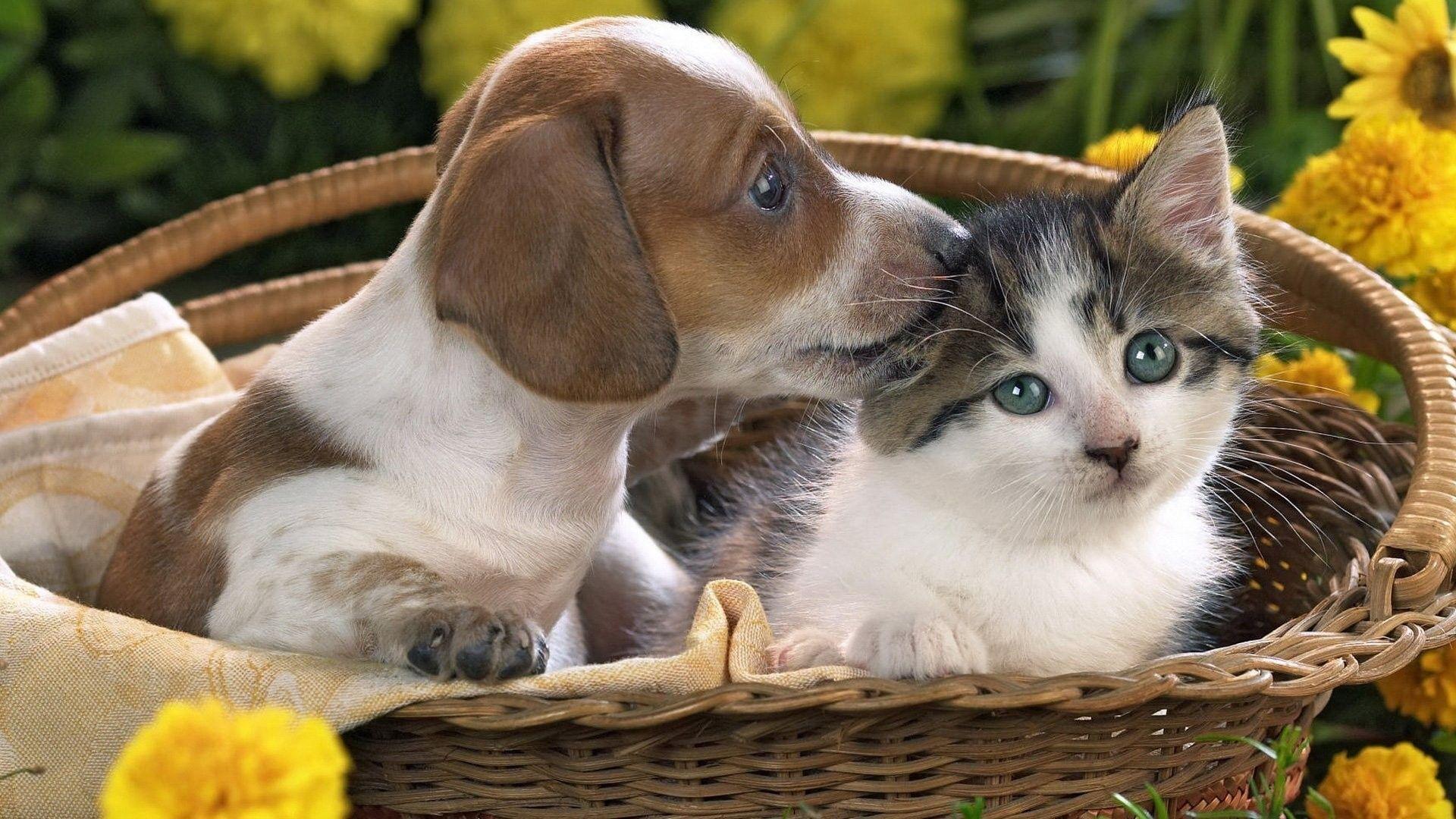
For millions of Americans, our pets aren’t just animals; they’re cherished members of the family. We lavish them with love, attention, and a significant portion of our budgets—with the American Pet Products Association reporting a staggering $147 billion spent on pets in the U.S. in 2023. This deep bond naturally extends to our daily lives, meaning our furry companions often join us on road trips, errands, and even quick jaunts to the vet. But what happens when the unexpected occurs, and an accident leaves our four-legged family members injured? Does your car insurance have their back? The answer is often more complex than we might hope.
While standard car insurance policies are designed to protect you, other people, and your property, they don’t automatically extend to cover injuries to your pets. The liability portion of your policy safeguards against damages you cause to others and their property, but your own pets typically fall outside this scope. Similarly, collision and comprehensive coverages, which protect your vehicle, don’t cover your pets directly. This gap highlights a critical need for pet owners to proactively understand and, where possible, enhance their auto insurance to include specific protections for their animal companions.
Navigating the world of insurance can be daunting, especially when trying to secure adequate coverage for every member of your household, including those with paws. Fortunately, there are specific clauses, endorsements, and considerations that pet owners can—and should—explore to ensure their beloved animals are as protected as possible while on the road. This guide will walk you through the most important aspects of integrating pet safety into your car insurance strategy, offering clear, actionable advice to help you secure peace of mind for you and your pets.
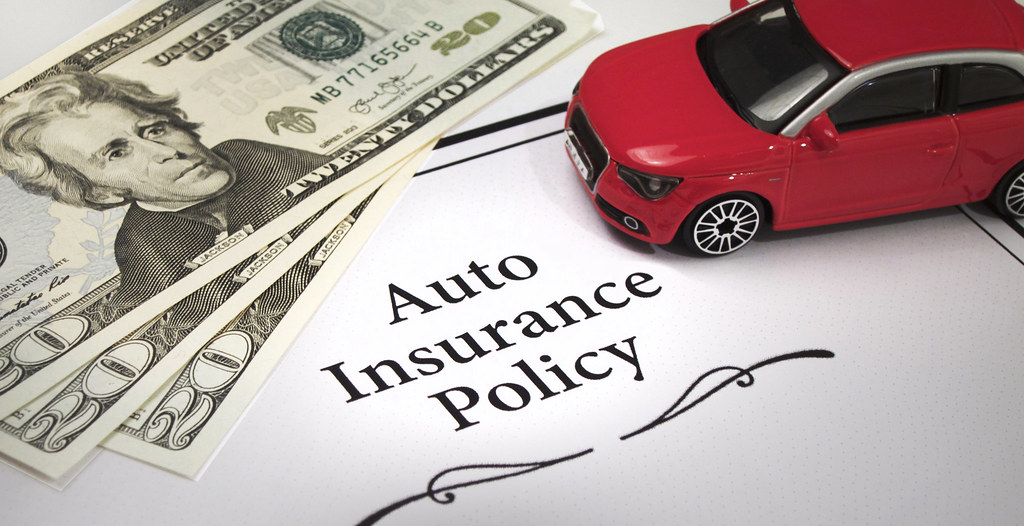
1. **Pet Injury Coverage as an Auto Policy Endorsement**One of the most direct ways to ensure your pet is covered in a car accident is through specific pet injury coverage offered as part of, or an add-on to, your auto insurance policy. Many insurance companies, recognizing the integral role pets play in our lives, now provide this type of protection. It’s not a universal offering, however, so checking with your current provider is the crucial first step to understanding its availability.
This specialized coverage typically provides financial assistance for injuries or, in the most tragic circumstances, burial costs for pets hurt while inside your vehicle during an accident. The coverage amounts can vary significantly, usually ranging from a few hundred dollars up to $1,000 or even more, depending on the insurer and the specific policy terms. It’s important to clarify these limits when discussing this option with your agent.
For example, Lemonade offers an endorsement to its car insurance policy that can provide up to $1,000 for pet injuries resulting from being in the car at the time of an accident. This kind of endorsement specifically addresses the medical care your pet might need, covering emergency treatments, veterinary visits, and other related expenses that would otherwise come directly out of your pocket. Adding this endorsement is a proactive step that can save you significant financial stress during an already difficult time.
Read more about: The Shocking Multi-Million Dollar Insurance Policies Protecting Top Soccer Players’ Legs and Other Athletic Assets
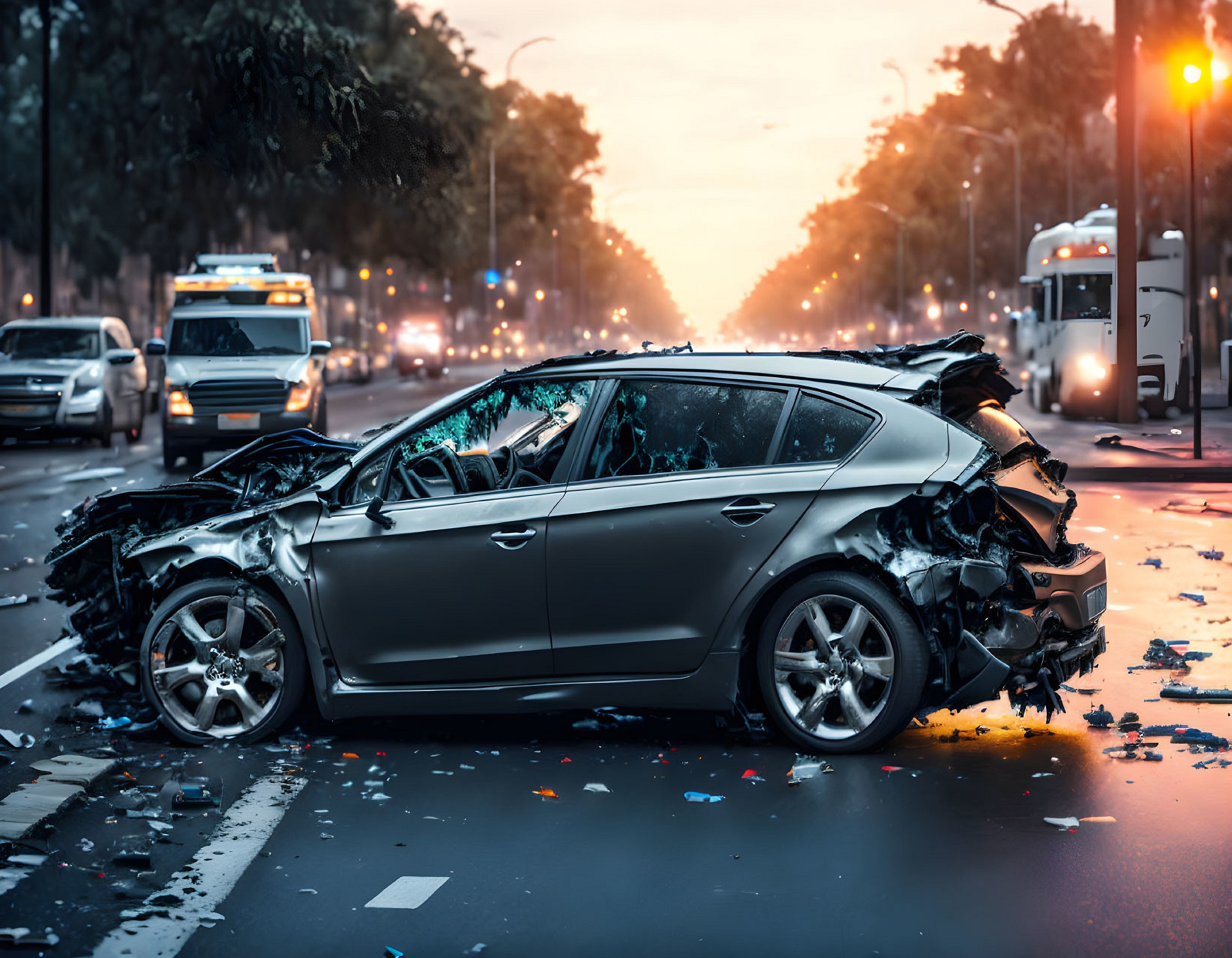
2. **Collision Coverage for Pet Medical Care (At-Fault Accidents)**In the unfortunate event that you are found to be at fault for an accident, your collision coverage, under certain circumstances, might extend to cover a portion of your pet’s medical expenses. While pets are legally classified as personal property, many collision policies now acknowledge their unique status and offer a limited amount towards their medical care if they are injured in a crash for which you are responsible.
This isn’t a guaranteed benefit across all policies, nor is it typically as robust as dedicated pet injury coverage. However, it’s a vital clause to understand in your existing policy. Some policies may offer a small, predetermined amount, while others, such as Progressive, Erie, Metromile, and Chubb, are specifically noted to offer up to $1,000 towards veterinary care if your dog or cat is injured in an auto accident covered under their collision terms.
The specific benefits and the maximum payout will depend heavily on your policy details and the state you reside in. It is absolutely essential to speak with your insurance representative to verify what, if any, pet injury coverage is included within your collision policy. Knowing these specifics beforehand prevents unwelcome surprises and allows you to plan accordingly for your pet’s safety and financial protection.
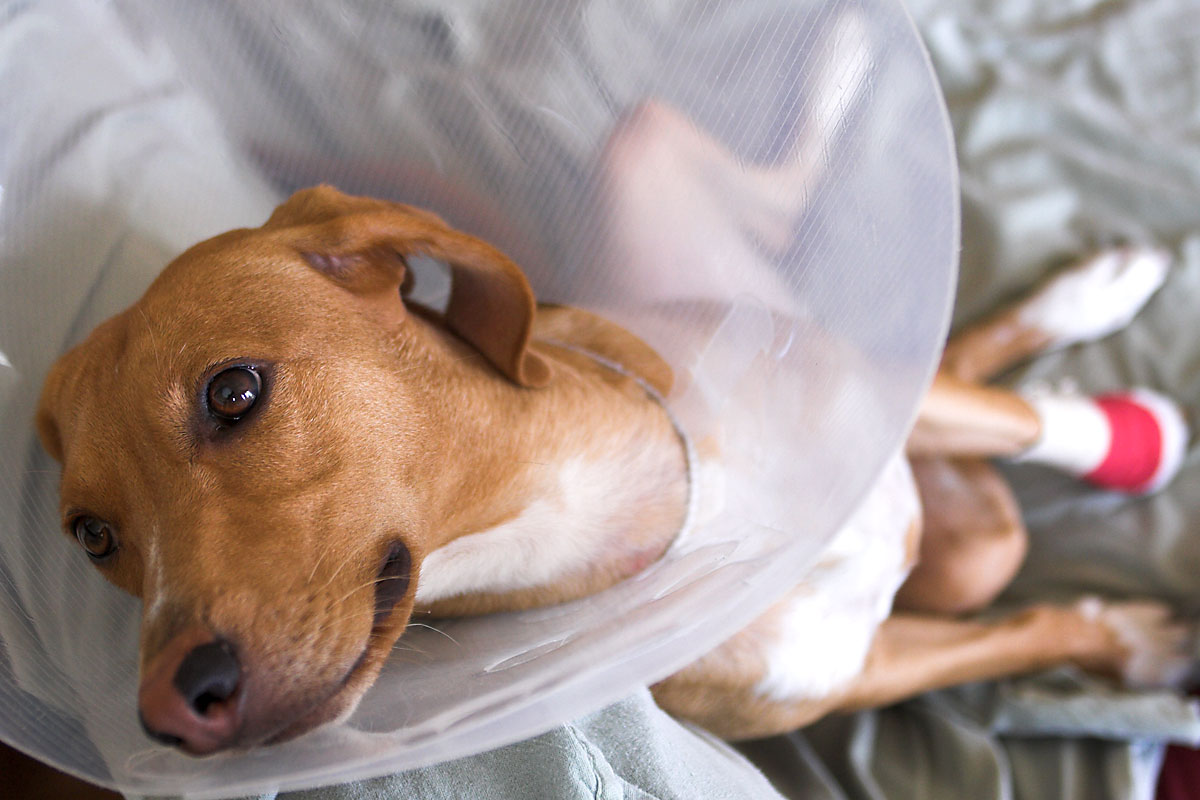
3. **Third-Party Liability Coverage for Injuring Another’s Pet**While our primary concern is often our own beloved pets, it’s equally important to understand how your auto insurance responds if you accidentally injure someone else’s pet in a vehicular incident. If you are involved in an accident where you are determined to be liable for the injury or death of another person’s animal, your auto liability insurance is generally designed to cover those injuries.
Legally, another person’s pet is considered their property. Therefore, the property damage portion of your liability coverage would come into play, helping to cover the veterinary bills or, in the worst-case scenario, the value of the pet. This ensures that you are protected from the financial repercussions of causing harm to another individual’s cherished companion, preventing significant out-of-pocket expenses.
However, it’s crucial to remember that the extent of this coverage depends on your policy’s liability limits. If the other driver’s pet incurs extensive medical costs, and your liability limits are low, you might still be responsible for some of the expenses. Always review your liability limits to ensure they are sufficient to cover potential damages, including those involving another person’s pet. This clause isn’t about protecting your pet, but about protecting you from the financial fallout of harming another’s.
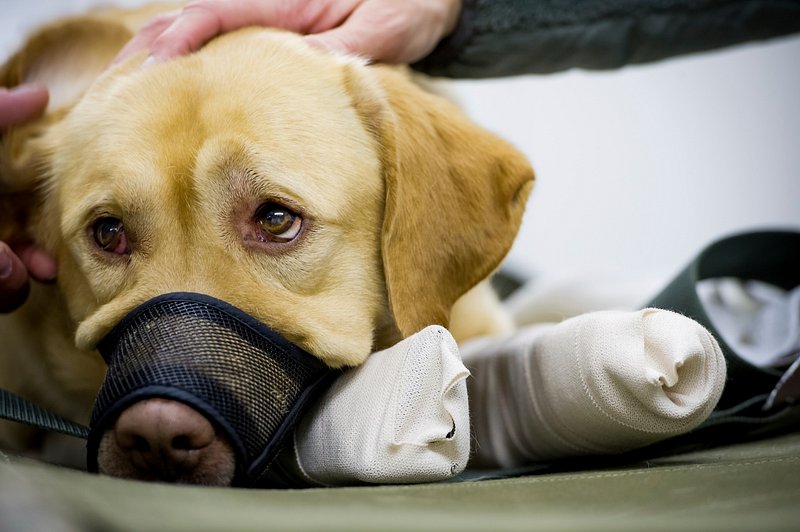
4. **Liability Coverage for Hitting an Animal (Your Responsibility)**Beyond accidents involving other vehicles, there’s also the scenario where you might accidentally hit an animal with your car. This can be a distressing situation, and understanding your insurance implications is vital. If you hit an animal, your first responsibility is to ensure the safety of everyone involved, including yourself, and if possible, the animal. You should pull over, assess the situation, and contact the police to file a report.
If the animal has an ID tag, you should also call the owner. Your liability insurance will likely cover some amount of the animal’s medical bills if the owner can be identified and a claim is filed. However, this aspect of coverage can be particularly tricky. Insurance companies often have a set “value” for animals, treating them as property, which means they may not cover thousands of dollars for extensive medical treatments.
It’s important to manage expectations here; while your liability might contribute, it’s not a blank check for veterinary care. You may be expected to cover a significant portion of those costs out of pocket, especially if the bills exceed the insurer’s determined value for the animal. This highlights the unpredictable nature of such incidents and underscores the importance of cautious driving to prevent them altogether.
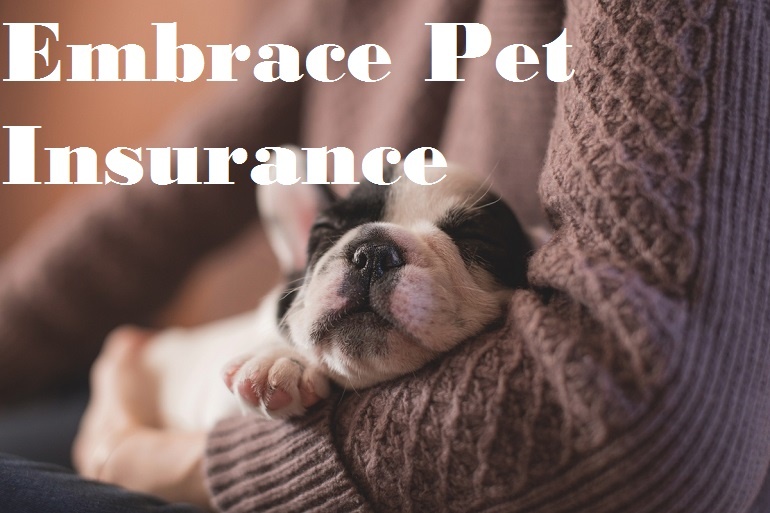
5. **Understanding Coverage Limits for Pet Injury Protection**When exploring pet injury protection, a critical detail often overlooked is the specific coverage limit offered by different insurers. These limits dictate the maximum amount your policy will pay out for veterinary bills or other related costs if your pet is injured in an accident. Without understanding these figures, you might find yourself underinsured when you need help the most.
For instance, various companies provide differing levels of coverage: Chubb offers up to $2,000 in pet injury protection, while Erie Insurance provides up to $500 per pet, with a total cap of $1,000. Elephant Insurance and Lemonade both offer up to $1,000 to cover veterinarian bills and related costs, as does Metromile, which includes this protection for dogs and cats in comprehensive and collision coverage in most states.
The Hanover Insurance Group stands out with a more generous offering of up to $2,500 to cover injury or burial costs for dogs in a covered auto accident, notably without a deductible. Nationwide also offers up to $1,000 for customers who qualify for their Loyalty Rewards Program. Knowing these specific amounts from your insurer is paramount; it allows you to gauge whether the coverage meets your expectations and if you might need to consider additional options, such as a separate pet insurance policy, to supplement it.
Read more about: The 14 Essential Questions to Ask Before Buying a Car: Your Comprehensive Guide to Safety and Value
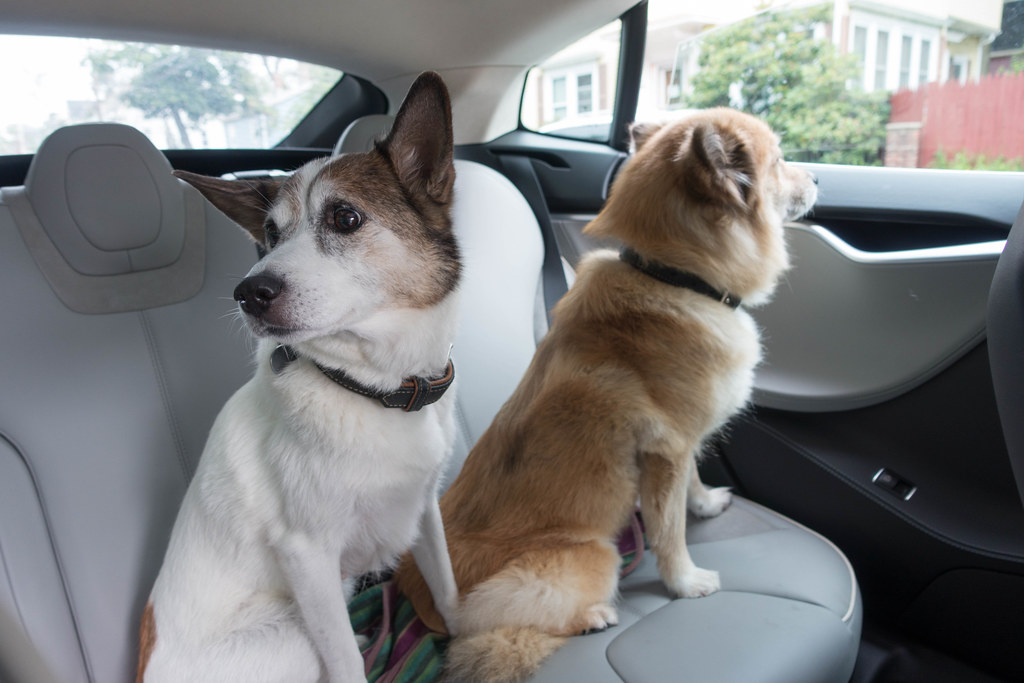
6. **Exclusions and Denials for Pet Injury Coverage**While pet injury coverage offers valuable protection, it’s vital to be aware of the circumstances under which your claim might be denied. Insurance policies, by their nature, contain specific exclusions that limit when and how coverage applies. Being informed about these limitations upfront can save you significant disappointment and financial strain later on.
One common set of exclusions relates to situations where you, the driver, are deemed to have intentionally put your pet in harm’s way or acted negligently. For example, Yael Cohen, pet company lead at Lemonade Insurance, states that “You might be denied coverage if you were driving while drunk, high, or committing a crime — that is, intentionally putting your pet in harm’s way.” This underscores the importance of responsible driving and adherence to the law whenever your pet is in the car.
Other exclusions might involve pre-existing conditions (though pet injury in auto policies usually focuses on accident-related injuries, distinct from pet health insurance) or specific types of animals. It’s imperative to thoroughly read the fine print of any pet injury endorsement or clause in your auto policy and to ask your insurance agent direct questions about what is explicitly *not* covered. Understanding these denials and exclusions ensures you have a realistic expectation of your policy’s protective reach.
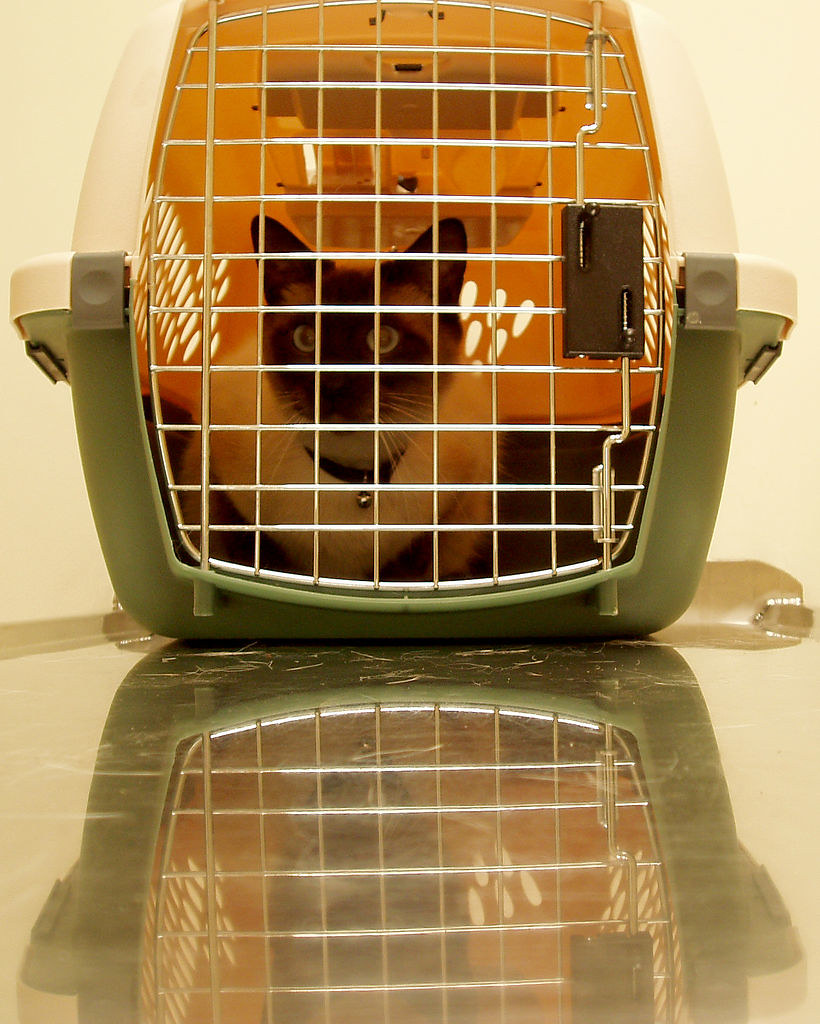
7. **Specific Coverage Benefits: Emergency Transport and Temporary Boarding**Beyond direct veterinary care, some advanced pet injury endorsements included with auto insurance policies extend their protective umbrella to cover other essential services in the aftermath of an accident. These thoughtful additions acknowledge the broader challenges pet owners face when an unforeseen incident disrupts their lives and the well-being of their furry companions. Understanding these specific benefits can provide an extra layer of peace of mind, knowing that your pet’s immediate needs are considered beyond just medical treatment.
For instance, one crucial benefit often found in more comprehensive pet injury coverages is the provision for emergency transportation. In the chaos following an accident, getting your injured pet to a veterinary clinic or emergency facility quickly and safely is paramount. This coverage can alleviate the financial burden associated with specialized pet transport, ensuring your beloved animal receives prompt attention without added stress about logistics or cost. It’s a practical benefit that addresses a critical need when seconds can count for your pet’s recovery.
Another invaluable aspect of these specialized coverages involves temporary boarding costs. If you, as the pet owner, are unfortunately hospitalized due to the accident and find yourself unable to care for your pet, some policies will step in to cover the expenses of boarding them at a kennel or a veterinary facility. This ensures your pet is housed and looked after in a safe environment until you are able to resume their care, removing a significant worry during a difficult recovery period. The Hanover Insurance Group, for example, even includes burial costs within its generous $2,500 offering for dogs involved in covered auto accidents, illustrating the breadth of protection some insurers provide.

8. **Navigating the Fine Print: Deductibles and State Regulations**When delving into the world of pet injury coverage through your auto insurance, it’s not enough to simply know that coverage exists; understanding the granular details, such as deductibles and the impact of state regulations, is absolutely critical. These elements can significantly influence your out-of-pocket expenses and even the availability of certain protections for your pet. Being well-informed about these specifics helps you make truly informed decisions for your pet’s financial safety net.
Much like other types of insurance, pet safety coverage often comes with deductibles. A deductible is the amount you are required to pay out of pocket before your insurance coverage begins to kick in. This means that while your policy might promise a certain coverage limit, you’ll first be responsible for meeting that deductible. However, some insurers offer policies with unique features; The Hanover Insurance Group, for instance, stands out by explicitly stating that no deductible is charged for their pet injury coverage of up to $2,500, a notable advantage for pet owners seeking to minimize immediate post-accident costs.
Beyond deductibles, state regulations play a pivotal role in shaping the landscape of pet injury coverage. Insurance laws and offerings can vary significantly from one state to another, meaning what’s available and how it’s structured in one location might be different elsewhere. This is why the availability and specifics of pet safety coverage will always depend on your location. For example, Metromile’s up to $1,000 in pet injury protection for dogs and cats is included in comprehensive and collision coverage in every state except for Virginia and Illinois, highlighting how geographical factors can directly impact your coverage options.
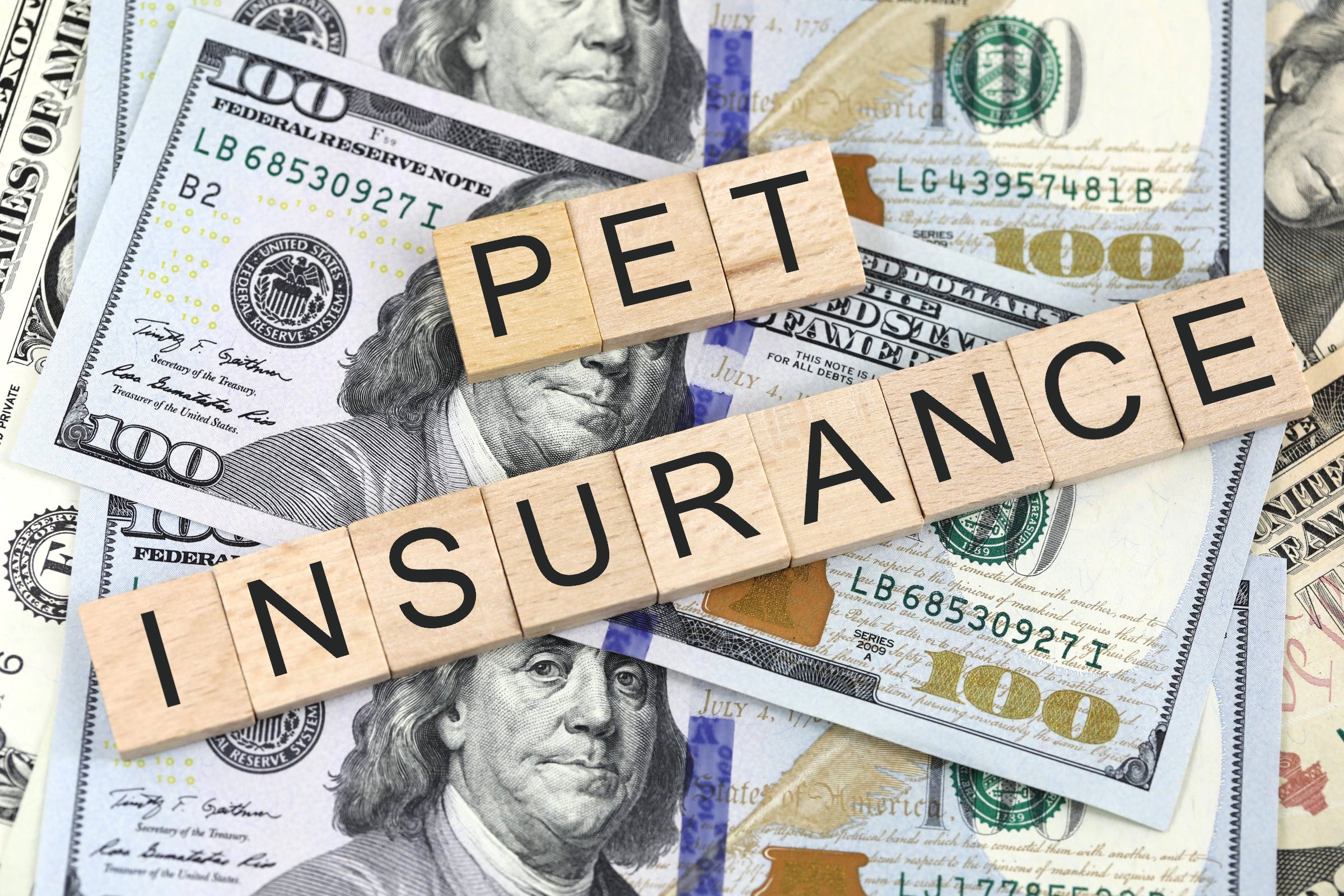
9. **Comprehensive Protection: The Complementary Power of Dedicated Pet Insurance**While auto insurance endorsements can offer valuable pet injury coverage, it’s essential to recognize that they are typically designed to address accident-related injuries occurring within your vehicle. For truly comprehensive and robust protection that covers a much wider array of potential health issues, a dedicated pet insurance policy stands as an invaluable complementary solution. This specialized insurance is designed from the ground up to support your pet’s overall health and well-being, providing a safety net far beyond the scope of auto policy add-ons.
As Yael Cohen, pet company lead at Lemonade Insurance, explains, “A base pet insurance accident and illness policy is very likely to cover treatments related to your pet being injured in a car accident.” This means that even if your auto policy has some pet injury coverage, a dedicated pet insurance plan often provides more extensive financial assistance for the medical care your pet might need after a crash. Crucially, pet insurance typically covers injuries regardless of whether they occurred in a car accident, a fall at home, or during a walk, offering broader protection.
Moreover, dedicated pet insurance policies offer a wealth of customization options to truly tailor your pet’s protection. Insurers like Lemonade offer add-ons that can cover everything from physical therapy and vet visit fees to dental illness and even end-of-life costs. Cohen emphasizes, “There are lots of ways to customize your coverages to give your pet truly tailored protection.” This allows pet owners to build a policy that fits their pet’s specific needs and their own financial comfort, providing a level of care and coverage that auto insurance simply cannot match for general pet health.
One critical piece of advice for pet owners considering dedicated pet insurance is to act proactively. The key is to secure your policy early, ideally while your pet is still young and healthy. Waiting until after an unexpected accident or illness has already occurred can significantly limit your coverage, as pre-existing conditions are typically excluded. By enrolling early, you ensure your pet has the best possible chance for comprehensive support throughout their life, preparing for the unexpected before it happens.

10. **Actionable Steps: How to Confirm and Acquire Pet Injury Coverage**With various options and nuances in pet injury coverage, knowing how to ascertain your current protection and explore additional safeguards is paramount for every pet owner. You don’t want to be left wondering about your pet’s coverage in the stressful aftermath of an accident. Fortunately, the path to understanding and securing these vital clauses is straightforward and begins with direct communication with your insurance provider.
“Asking your insurance company agent or representative is the best way to determine if this coverage is included in your auto insurance policy,” is a clear directive. Your agent is the most knowledgeable resource regarding your specific policy details and any available endorsements or add-ons. Don’t hesitate to reach out, clarify the limits, exclusions, and any conditions tied to pet injury protection. This proactive step can prevent significant disappointment and financial strain down the line by providing a realistic expectation of what your policy covers.
If you discover that your current auto policy does not include pet injury coverage, or if the coverage offered is insufficient for your needs, you have several actionable avenues to pursue. Firstly, if the coverage is essential to your peace of mind, you might want to shop around and compare offerings from other insurers. Many companies now recognize the value of pet injury protection and include it as a standard feature or an affordable add-on. Exploring these alternatives can lead you to a policy that better aligns with your desire for comprehensive pet safety.
Alternatively, or in conjunction with adjusting your auto policy, you can purchase a separate pet insurance policy. As previously discussed, dedicated pet insurance offers a broader scope of protection for your pet’s overall health, including accident-related injuries regardless of where they occur. This dual approach—optimizing your auto coverage for in-vehicle incidents and securing pet health insurance for general well-being—provides the most robust safety net for your beloved animal companion.
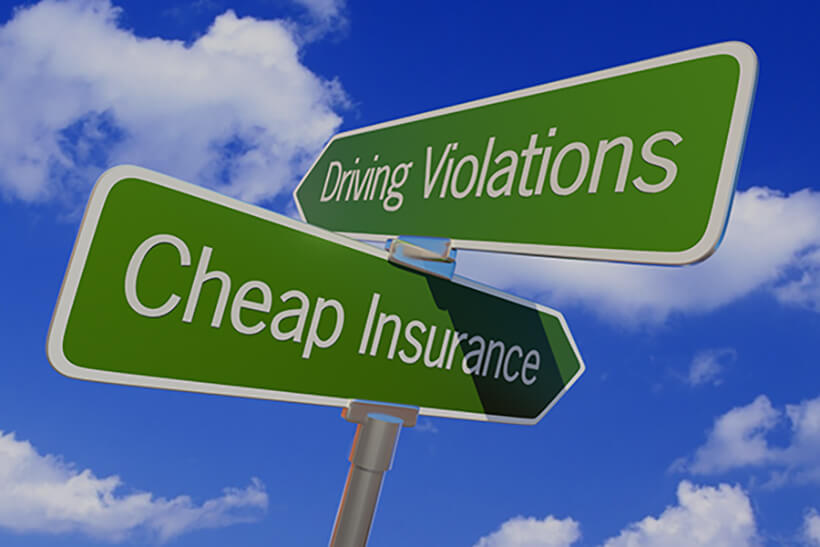
11. **Beyond Insurance: Essential Safety Measures for Driving with Pets**While securing appropriate insurance coverage is a vital layer of protection, the most effective strategy for safeguarding your pets during car travel lies in implementing proactive safety measures. No policy can fully compensate for an injury or loss, making prevention the ultimate goal. Integrating simple yet crucial habits into your travel routine can drastically reduce the risk of accidents and keep your furry friends safe and secure on every journey.
Proper restraint is arguably the single most important preventive measure. The American Society for the Prevention of Cruelty to Animals (ASPCA) strongly recommends securing your pet in a crate or carrier that offers plenty of ventilation and enough room for them to stand, lie down, or turn around. This crate should then be firmly secured to prevent it from sliding around during sudden stops or turns. If a crate isn’t feasible, a pet-specific harness attached to a seat buckle is an excellent alternative, limiting movement and reducing distraction.
Furthermore, focusing on driving is non-negotiable. Pets, no matter how adorable, can be significant distractions. Keeping them properly restrained or crated ensures they can’t interfere with your ability to pay attention to the road. It’s also critical to keep your pet in the back seat, as airbags designed for humans can cause severe injury or even be fatal to pets in an accident. Never allow your dog to hang its head out the window; while it seems enjoyable, it puts them at risk of severe head and neck injuries, or even jumping or falling from the car.
Other critical tips for traveling safely with pets include never leaving them alone in a car, regardless of the weather, as temperatures can become life-threatening very quickly. Always pack enough food and fresh water, providing regular hydration and meal breaks to maintain their routine. Plan for regular bathroom breaks and come equipped with plastic bags or cleanup materials. By combining responsible driving with these preventative measures, you significantly enhance your pet’s safety and your own peace of mind, making every trip a secure and enjoyable experience.
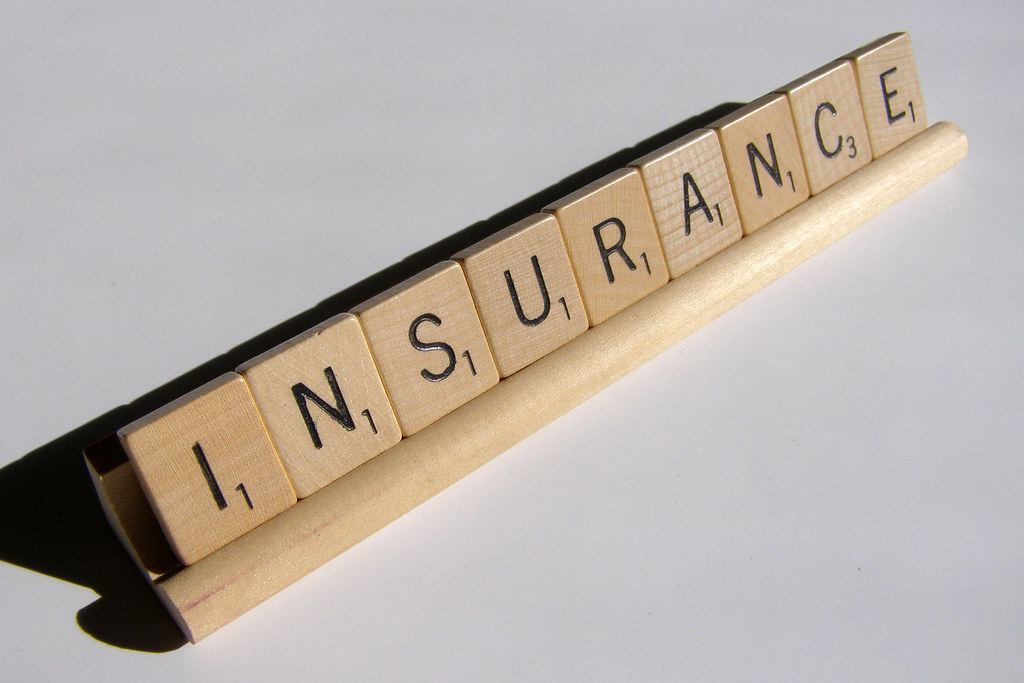
12. **Understanding the Gaps: What Auto Insurance *Doesn’t* Cover for Pets**While we’ve explored the various ways auto insurance can offer a financial safety net for your pet in an accident, it’s equally crucial for pet owners to understand the explicit limitations and common exclusions. Auto insurance, even with added endorsements, is not a universal solution for every pet-related incident, and misconceptions can lead to unwelcome surprises during critical moments. Knowing what’s *not* covered helps you identify potential gaps and consider alternative protections.
One significant area where auto insurance typically doesn’t step in is for damage *caused by* your pet to your own vehicle, as opposed to injuries *to* your pet in an accident. Most standard insurance policies specifically exclude coverage for damage like chewing, scratching, or other interior destruction caused by animals, including your own pets. While comprehensive coverage might sometimes apply if the damage occurs during a collision or other covered event, general wear and tear or behavioral damage from your pet is usually not reimbursed, highlighting the importance of preventative measures and training.
Another crucial exclusion, often found across different types of insurance, relates to pre-existing conditions. While pet injury coverage in auto policies focuses on accident-related injuries, it’s generally understood that these policies will not cover any health issues your pet had prior to the accident or policy inception. This is a common practice to prevent insurance claims for conditions that were already present, underscoring the distinction between accident coverage and comprehensive pet health insurance.
Furthermore, the scope of coverage can be limited by the type of animal you own. Many insurance carriers will decline to cover exotic, wild, or certain breeds considered dangerous, and such situations are often reviewed on a case-by-case basis. If you own an animal other than a common dog or cat, especially one that might be considered non-traditional or high-risk, it’s imperative to confirm coverage with your insurer, as standard pet injury clauses may not apply. This ensures you understand the specific parameters of your policy’s protective reach for your unique companion.
Finally, it’s important to clarify the distinct roles of different insurance types. Your homeowners insurance, for instance, is designed to cover incidents within your residence and typically does not extend to cover pet injuries or other incidents that occur within your vehicle. While homeowners insurance might cover liability if your dog bites someone at home, it specifically does not cover vehicle-related incidents. Understanding these boundaries prevents confusion and ensures you pursue the correct type of claim if an incident occurs.
Ensuring your pets are safeguarded on the road requires a proactive, multi-faceted approach. While auto insurance can provide a crucial financial cushion for accident-related pet injuries, it’s just one piece of the puzzle. By understanding the specific clauses, exploring dedicated pet insurance, and diligently implementing safety measures, you can create a robust protection plan. Always remember, your pets are family, and their well-being on every journey deserves your utmost attention and preparation. Stay informed, stay prepared, and enjoy those precious moments with your beloved companions, knowing you’ve done everything you can to keep them safe.



